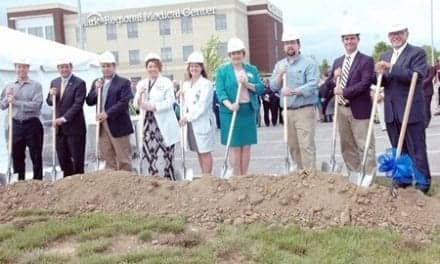More veterans are receiving important sleep care, especially those living in rural areas where access to sleep medicine specialists can be difficult. The Veterans Health Administration’s (VHA) TeleSleep Program launched telehealth services in 2017 to support the testing, diagnosis, and treatment of obstructive sleep apnea and other sleep disorders. More than one million veterans who received care from VHA in 2020 have sleep apnea.
“The implementation of these services has been very successful,” says Kathleen Sarmiento, MD, program lead for the Office of Rural Health TeleSleep Program and national lead for VHA TeleSleep, in a release. Sarmiento is also the director of a new regional VA TeleSleep program covering northern California, Nevada, and Hawai’i Pacific Islands, based out of the San Francisco VA Health Care System, modeled off best practices from the Office of Rural Health (ORH) program but focused on reaching both urban and rural veterans. She is an associate professor of medicine at the University of California, San Francisco. “The reach of this network is impressive, with 8% of VA’s health care systems (hubs within this network) providing care to 18% of all rural Veterans seen for sleep care nationally.”
A new study from VHA’s Office of Rural Health TeleSleep Program evaluated the expansion of telemedicine, home sleep apnea testing and remote sleep apnea management for veterans at 12 hubs and 63 spokes across the country. From 2017 to 2020, the number of rural veterans seen for sleep-related disorders at TeleSleep sites tripled and the number of encounters for sleep-related disorders more than doubled. In 2020, 72% of rural veterans at the TeleSleep hubs or spokes had at least one virtual sleep visit. This was significantly higher than non-TeleSleep VA sites where only 64% of rural Veterans had virtual visits.
“These results are very impactful as they demonstrate how funding a network of programs who share the same mission and purpose can result in significant return on investment for an organization like VA. This program was one of the first enterprise-wide initiatives funded through VA’s Office of Rural Health and has also been one of the most successful in terms of reach,” Sarmiento says.
The research abstract was published recently in an online supplement of the journal Sleep and was presented as an oral presentation on June 12 during Virtual SLEEP 2021.
Photo 88488577 © Verbaska | Dreamstime.com




